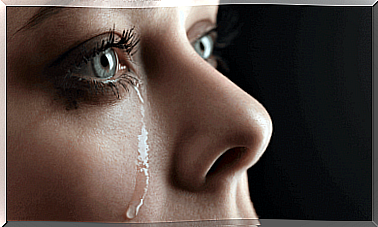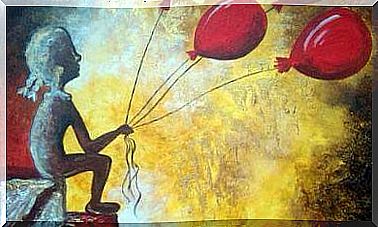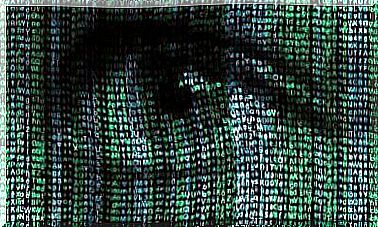Solution-centered Therapy: How To Make Decisions

Problems, damn problems! They have been messing with our minds ever since we were born. From the first questions that we were forced to solve during the hour of mathematics up to the daily unknowns of today. Except that at school, at least, in front of us there was a teacher ready to explain the right procedure to follow.
What can be done, however, to learn to deal with the problems of real life? There are no established formulas that always give the right result, do they? But let’s not despair. While there is no exact method to tell us the consequences of our choices, there is a technique that can help us make the best decisions when it comes to solving problems.
What is solution-centered therapy?
Conflicts are part of our life and affect everyone. Human beings are problem solvers by nature, although some do better than others. What does this suggest to us? That it is a skill that can be improved. To this end, D’Zurilla and Golfried devised problem-solving therapy in 1971.
This technique is designed to facilitate the process of identifying problems, to generate different alternative solutions and, finally, to select the most effective answer from the proposals developed. It is, therefore, an additional tool to control the negative emotions that can emerge when you are faced with obstacles.
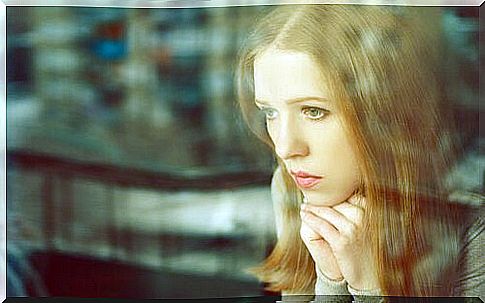
The method consists of five steps explained in detail below. The process is long, but it is worth putting it into practice in the most important problem situations. The steps to follow are:
- Problem orientation
- Definition and formulation of the problem
- Generation of alternative solutions
- Decision making
- Execution and verification
Phase 1: orientation to the problem
The first step to follow before embarking on solving a problem is to adopt a positive attitude towards the conflict and the skills we have to solve it successfully.
It will be necessary to increase awareness of one’s self-efficacy, convincing oneself that we have the skills to solve the problem and identify the burdens that prevent us from acting, such as the lack of self-confidence.
On the other hand, it is important to change the view that one has about the problem. Instead of considering it in negative terms, a trend that makes it more difficult to find the solution, it must be perceived as a challenge aimed at promoting one’s personal growth and the improvement of one’s skills.
In addition to this, to successfully complete the first stage of the process, one must stop and think. Acting impulsively, in fact, we will risk making mistakes during the problem solving phase.
Phase 2: definition and formulation of the problem
Once you have accepted that there are problems and that we have the ability to find a solution to them, you can move on to the next step. This provides for the correct definition of the conflict. This is a very important step, since once we have given a concrete name to the challenge we are about to face, we will have covered a good part of the path.
A good idea to start is to list relevant information by describing it in concrete, specific and relevant terms. It is essential to rely on objective facts, as if we were observing the story through a camera – our thoughts and evaluations should not be contemplated, but only the succession of events.
It will also be necessary to understand why the situation that has arisen is to be considered a problem. Furthermore, it will be necessary to re-evaluate the meaning of “conflict” in terms of personal and social well-being. Finally, it will be necessary to be aware of the fact that not all problems have a solution, and that if they do, it can involve different degrees of difficulty.
We will therefore have to establish an objective solution goal. To this end, it is possible to break down a complex problem into many “sub-problems”, the solution of which is easier to achieve.
Phase 3: Generation of alternative solutions
After having performed the first two steps and having accurately identified the problem we are facing, it is time to generate as many alternative solutions as possible. This phase will not be easy as we are usually used to automatically respond to conflict situations, so it will be necessary to arm ourselves with time and work a little on it. Take some time just for this and keep thinking about it even when you are busy with something else. In fact, distraction has been shown to help find more creative solutions.
The more alternative solutions we produce, the more ideas we have and the greater the chances of finding the best answer to our problem. In this way, it will also be easier to find higher quality solutions. It is important to keep in mind that, during this phase, the quality of the solutions will not be evaluated: judgment inhibits the imagination.
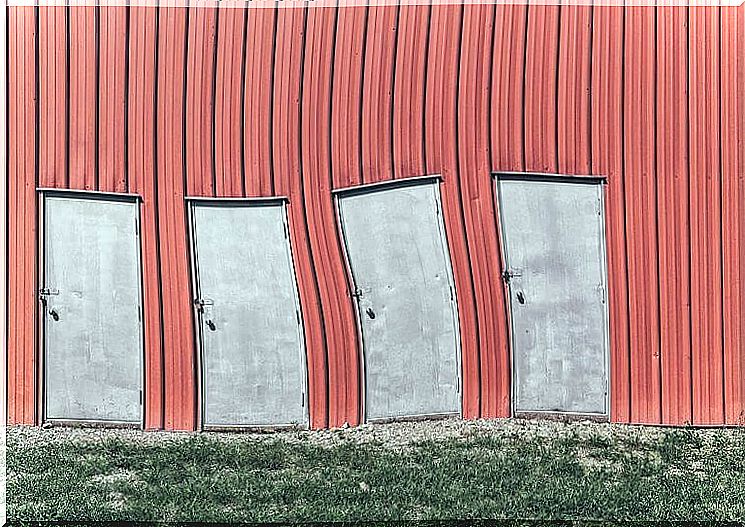
Step 4: Making Decisions
The time has come to compare and judge the various alternatives developed during the previous phase. Based on our evaluations, we will be able to select the best solution or solutions to be able to put them into practice.
How to proceed? We take every proposed solution in hand and indicate what the relative costs and benefits are in the short and long term. In this way, we will be able to select the solution or set of solutions that we believe will help us achieve the expected results. In this regard, we will rely on four criteria:
- Problem solving: Probability of finding the solution.
- Emotional well-being: quality of the expected emotional result.
- Time / Effort: Calculating the amount of time and effort we feel we need to spend.
- Personal and social well-being: reasoning on the expected final cost / benefit ratio.
With the results obtained, we will understand if the problem is solvable, if we need more information before putting into practice an alternative and which one we should choose. If the solutions found are not satisfactory, it will be necessary to go back to the previous steps of the method until a valid one is found.
Phase 5: execution and verification
Once we have chosen the right solution, what are we left to do? Put it into practice! Only in this way will we know if it is the alternative that will allow us to overcome the problematic situation. Once you have taken action, it will be necessary to look at the situation in an objective way and compare the result obtained with that predicted. If we realize that the two do not match, we will have to find the discrepancy and correct the shot.
After having finally managed to solve a complicated problem, we often forget one last fundamental aspect: the prize. Some people live their lives passing from one anguish to another, and when they find none, they anticipate it. This habit is definitely the best way to get overwhelmed by the weight of stress.

The secret to getting out of a situation like this is to stop circling around your problems, looking for solutions, but never putting any into practice. In this way, in fact, it does nothing but increase the levels of discomfort, even risking suffering from depression or anxiety.
You have to take that extra step, take the risk and make a decision. If we’re wrong, nothing happens! Nobody’s perfect. It is certainly better to make the wrong decision than to sit still and brood and do nothing. Now that you know how, we invite you to seek the solution to the challenges that will present themselves to you from now on.
Images courtesy of Ryan McGuire.

